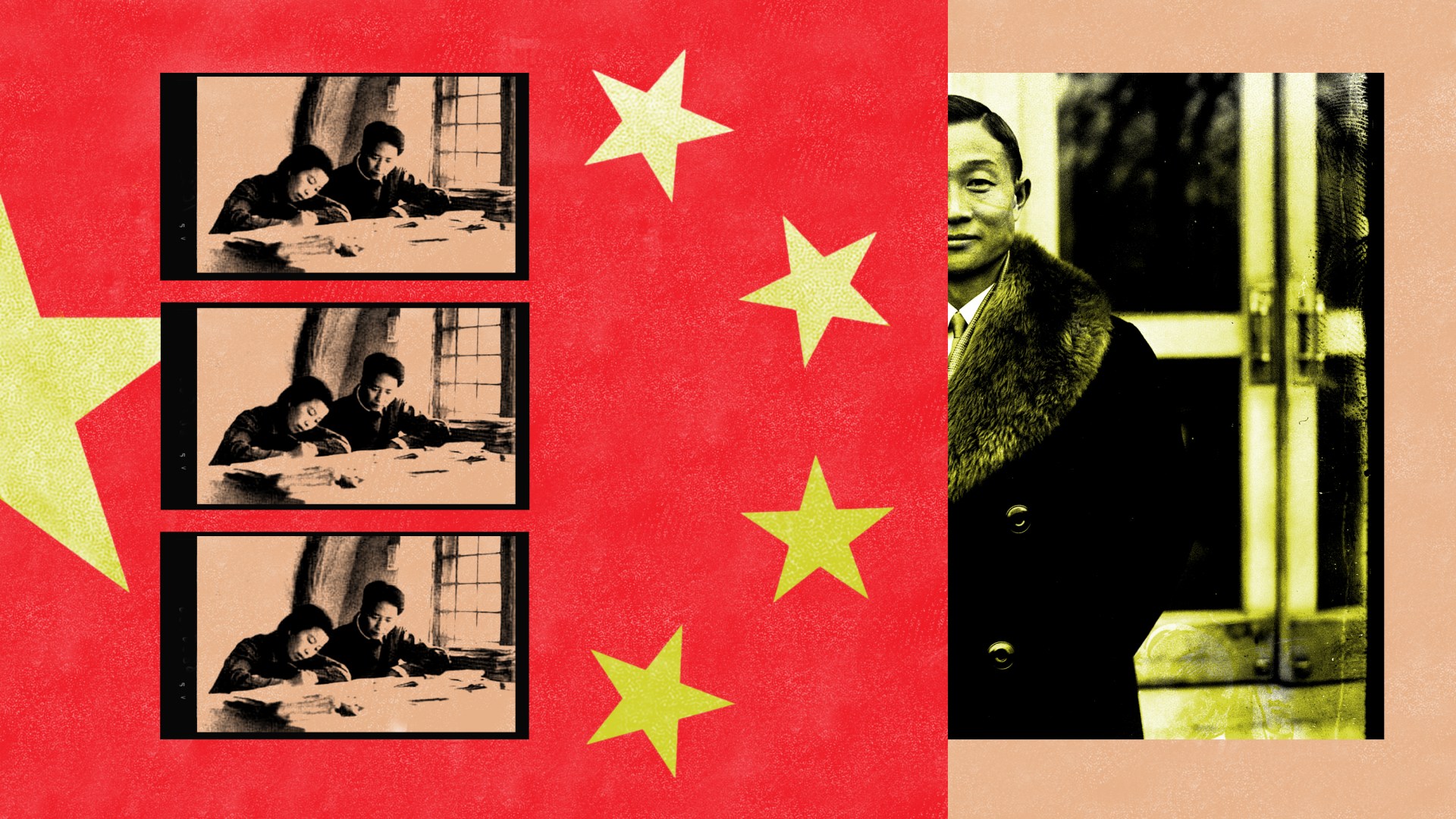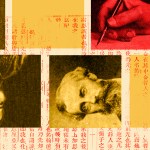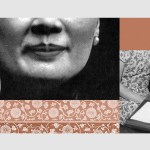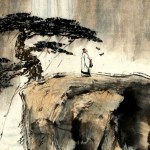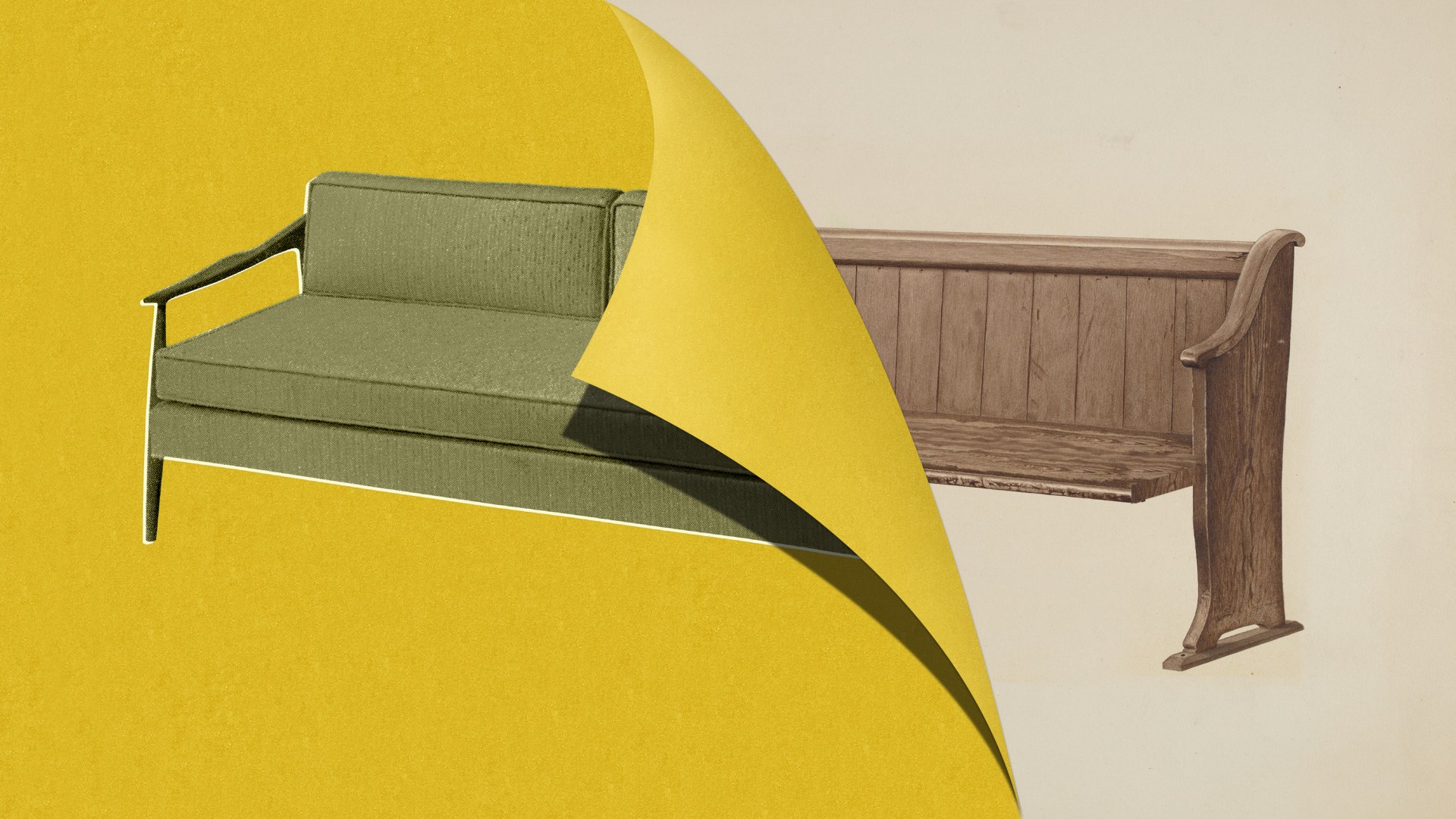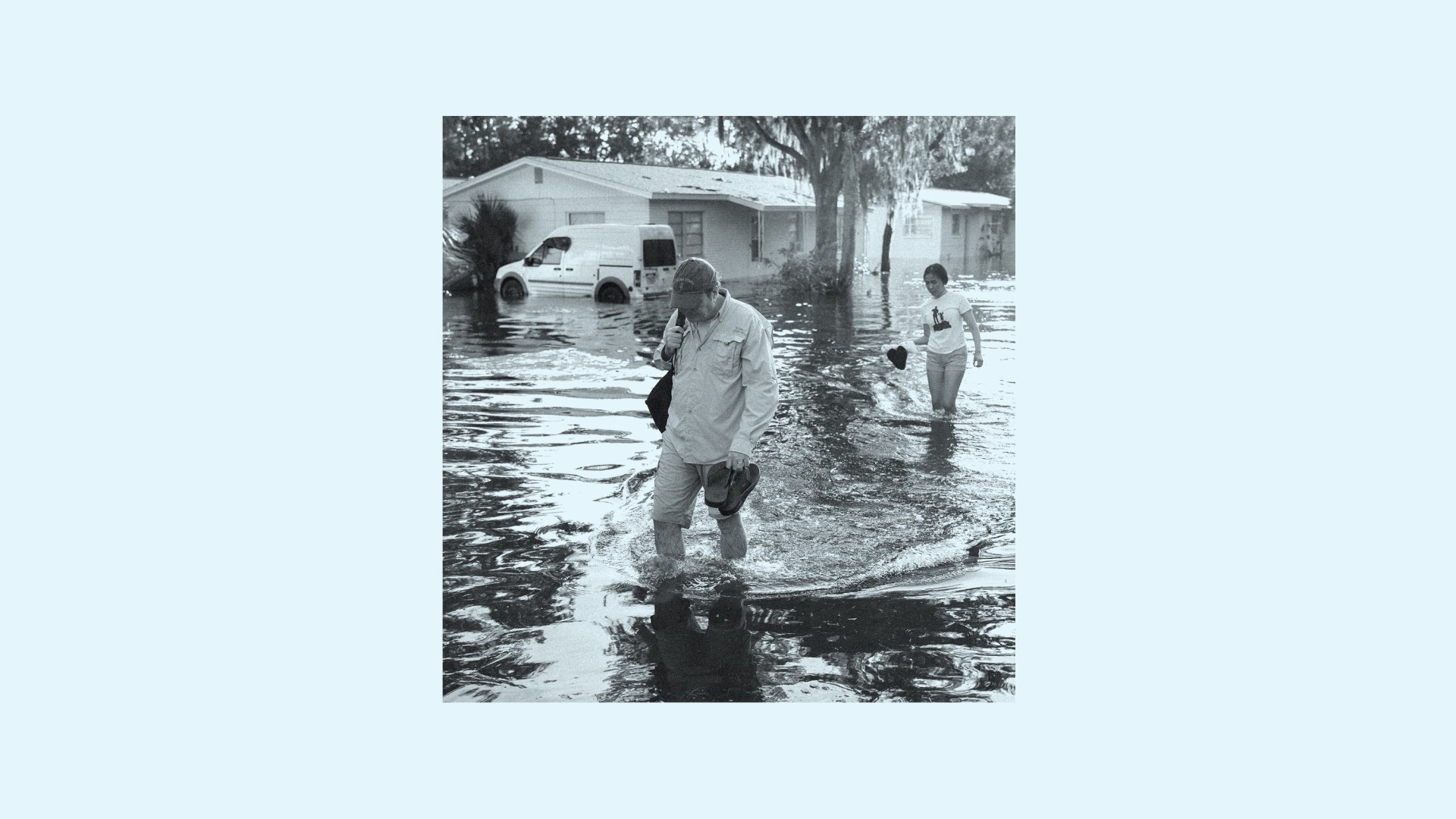A lab at a small evangelical college in New England might not be the most obvious place for advanced cancer research, but Craig Story isn’t letting that stop him.
This fall, Story is teaching research students how to conduct immunofluorescence microscopy. Using stains, pieces of tumors taken from lab mice, and an extremely powerful (and pricey) microscope, Story and a team of undergraduate students at Gordon College are working to unravel the mysteries of why some people get cancer when others don’t, and why some respond better to treatment.
“Immunofluorescence microscopy is when you are studying a particular protein and you want to literally see where it is,” Story said. “Is it found in the tumor? Is it found around the tumor? What could it be doing?”
As with all scientific research, there’s a real possibility that they won’t find the answers they’re looking for. If they do, their breakthroughs could help an untold number of people. But if they don’t, the work will still serve the Gordon College students working with Story, giving them invaluable experience and preparing them for careers in science and medicine.
Story says that alone would be a worthwhile accomplishment.
He believes that medicine, by its very nature of addressing human suffering, is a pursuit that glorifies God. And the scientific method, with its commitment to truth and deep assumptions about the order of the universe, aligns with the Christian faith.
“Christians definitely should be involved in medical research,” he said.
Story, who has a doctorate in molecular biology, has been working at Gordon since 2002. He has been involved in cancer research since his last sabbatical in 2016, when he was granted a break from the classroom and got to spend some time learning the latest research techniques in a lab. He went to the Dana-Farber Cancer Institute in Boston and collaborated with Stephanie Dougan on her research studying enzymes and cancer cells.
He returned to Dana-Farber in 2023 with the goal of finding a project on the cutting edge of current cancer research that would also be suitable for students learning their way around the lab. He settled on immunofluorescence microscopy.
Microscopy—using a microscope to examine biological samples—traces its roots to the scientific revolution, coming out of the Reformation and Renaissance in 16th- and 17th-century Europe, Story said. A Dutch Calvinist draper named Antonie Philips van Leeuwenhoek—who used a magnifying glass to examine threads—and a British “curator of experiments” named Robert Hooke began unlocking the secrets of cells using microscopes in the 1600s.
One technique van Leeuwenhoek experimented with was putting a dye made from saffron on a sample to see if different parts of the cell looked different when stained. It didn’t yield much interesting information at the time, but that’s the same idea that Story and his students are using to do their research today.
Microscopes, of course, have vastly improved in the last 400 years, and the techniques used to stain cells have gotten a lot better too. Now, when the Gordon College professor and students peer through their microscopes, they can see a nuclear protein associated with cell proliferation and ribosomal RNA transcription, known as antigen Ki-67.
“What we’ve been doing is sectioning tumors from mice from the Dana-Farber lab, and then staining them for Ki-67, and then enumerating the number of cells that are positive for this particular antigen,” Story said.
Ki-67 can be used to identify cancer growth. Seeing how it spreads and comparing different tumors from different mice, Story and other researchers hope to better understand different immune responses. Someday, that could help develop more and better cancer treatments.
Today, however, they’re mostly counting cells.
Yayi Zhang, one of Story’s students, says the work can be a bit tedious. But it’s also really exciting. She doesn’t know what they will find—or what the techniques she is learning with Story will help her discover in the future.
“I can apply these techniques and skills in future work,” Zhang said, “so it’s wonderful.”
Pavinee Chaimanont, another student working with Story, called the opportunity to do the research “a blessing.”
“I feel like the techniques that I’ll learn from this research and the knowledge that I’ll also get is definitely going to be helpful in future cancer research that I’m going to be part of,” she said.
The students work together and have become good friends in the lab. They also appreciate the chance to be mentored by Story.
Naomi Montgomery said she took a class on cancer biology with Story and was excited to find out there was an opportunity not just to learn about what others had discovered but also to participate in the discovery process herself and help people. She was inspired, too, by how Story connected the work to faith.
“He taught the research on cancer in the light of how we look at this as Christians,” she said. “It was really cool. I think that it is a big blessing to have not only classes like that but experiences like this here at Gordon.”
The equipment necessary for the research does not come cheap. Gordon has received two Mass Life Science Center grants—one about seven years ago, and one about two years ago. Gordon has also designated funding to keep the equipment up to date.
“One thing about scientific equipment is that it can become obsolete or outdated pretty quickly,” Story said. “For example, the $10,000 camera on our fluorescent microscope needed to be replaced recently after only about five years.”
While his students are using the microscope to count cells, Story is also thinking up new research projects and other questions they could tackle. He’d like to work more on pancreatic cancer in particular since it is historically one of the hardest cancers to treat.
“They’re the worst tumors, which in and of itself is interesting,” Story said. “Why are different tumors different? Why aren’t they all the same?”
The Gordon College lab could play a critical role in figuring it out.
“To be able to contribute even a small part,” Story said, “is super exciting.”






















